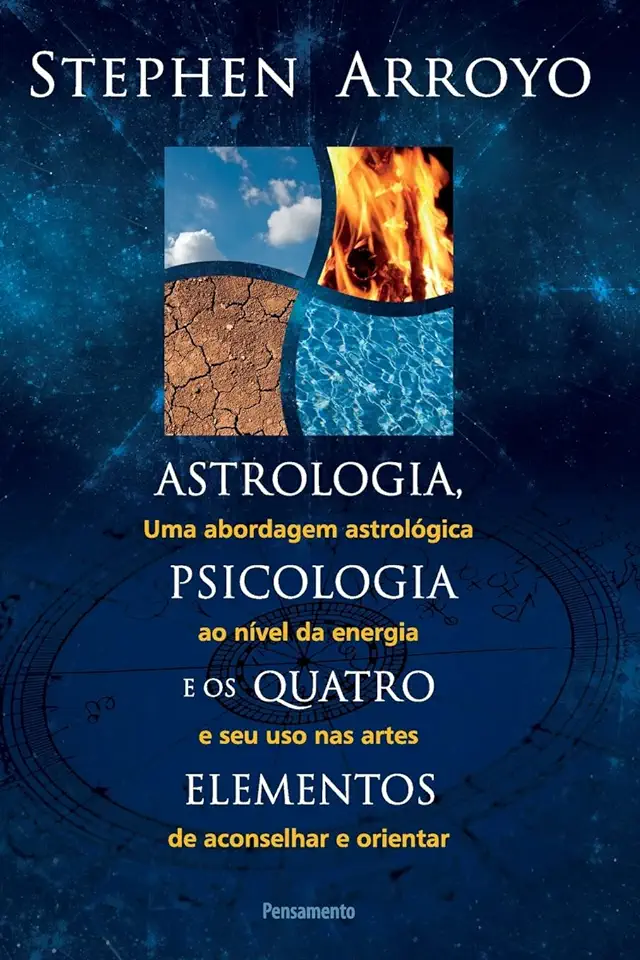
Astrology, Psychology, and the Four Elements - Stephen Arroyo
Astrology, Psychology, and the Four Elements: A Comprehensive Guide to Understanding Yourself and Others
Introduction
In his groundbreaking book, "Astrology, Psychology, and the Four Elements," renowned astrologer Stephen Arroyo delves into the fascinating intersection of astrology and psychology, offering a comprehensive guide to understanding yourself and others. Through an in-depth exploration of the four elements - fire, earth, air, and water - Arroyo provides a framework for understanding human behavior, motivations, and relationships.
The Four Elements and Their Psychological Correspondences
Arroyo begins by introducing the four elements and their psychological correspondences. Fire represents passion, creativity, and drive; earth represents stability, practicality, and groundedness; air represents intellect, communication, and adaptability; and water represents emotions, intuition, and sensitivity. By understanding the elemental makeup of our own and others' personalities, we can gain valuable insights into our strengths, weaknesses, and potential for growth.
The Elements in Action: Personality Profiles and Relationship Dynamics
Arroyo then explores how the four elements manifest in different personality profiles and relationship dynamics. He provides detailed descriptions of each element's characteristics, including their positive and negative expressions. For example, fire signs may be passionate and dynamic, but they can also be impulsive and aggressive. Earth signs may be reliable and practical, but they can also be stubborn and inflexible. Air signs may be intelligent and communicative, but they can also be detached and aloof. Water signs may be emotional and intuitive, but they can also be moody and overly sensitive.
By understanding the elemental makeup of ourselves and others, we can learn to appreciate and work with our differences, fostering more harmonious and fulfilling relationships.
The Elements and Career Choices
Arroyo also discusses the role of the four elements in career choices. He explains how each element is associated with certain professions and work environments. For example, fire signs may be drawn to careers in the arts, entertainment, or sales, where they can express their creativity and passion. Earth signs may be well-suited for careers in finance, real estate, or construction, where their practicality and groundedness can be put to good use. Air signs may excel in careers in academia, law, or journalism, where their intellect and communication skills can shine. Water signs may find fulfillment in careers in psychology, counseling, or the healing arts, where their emotional sensitivity and intuition can be used to help others.
The Elements and Spiritual Development
Finally, Arroyo explores the role of the four elements in spiritual development. He explains how each element corresponds to a different stage of spiritual growth and offers guidance on how to cultivate the positive qualities of each element in our own lives. For example, fire can help us to connect with our inner passion and purpose, earth can help us to ground ourselves in the present moment, air can help us to expand our minds and connect with higher knowledge, and water can help us to access our emotions and intuition.
Conclusion
"Astrology, Psychology, and the Four Elements" is a must-read for anyone interested in astrology, psychology, or personal growth. Arroyo's comprehensive and insightful exploration of the four elements provides a powerful framework for understanding ourselves and others, fostering more harmonious relationships, making informed career choices, and embarking on a journey of spiritual development.